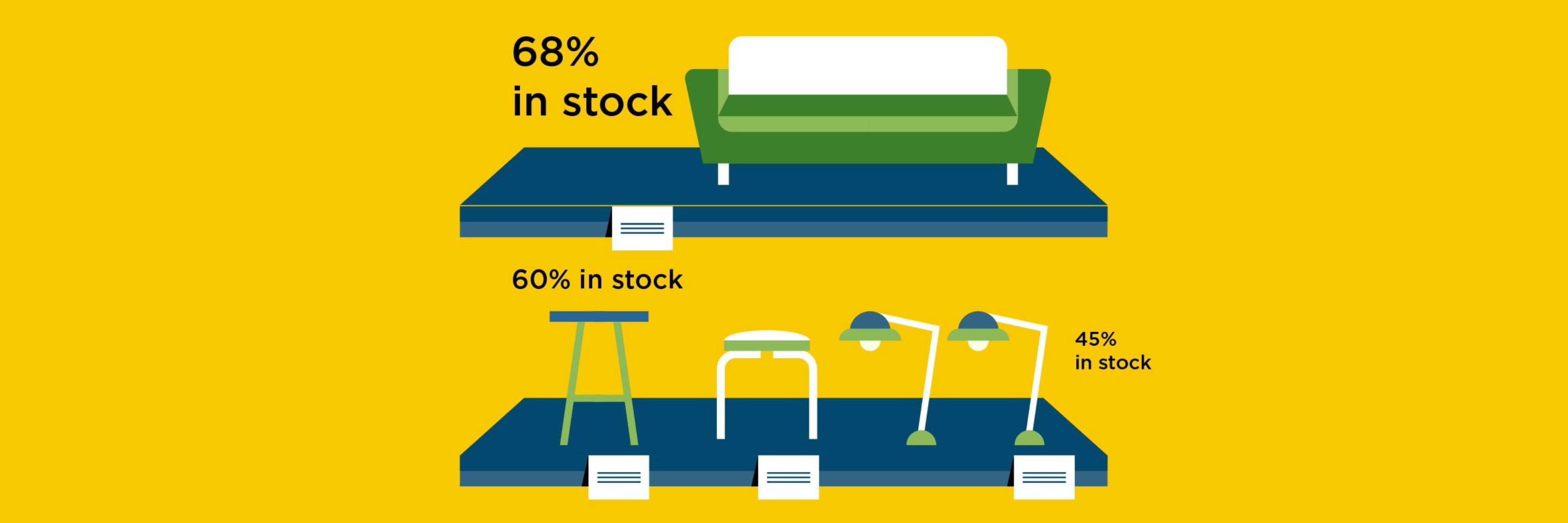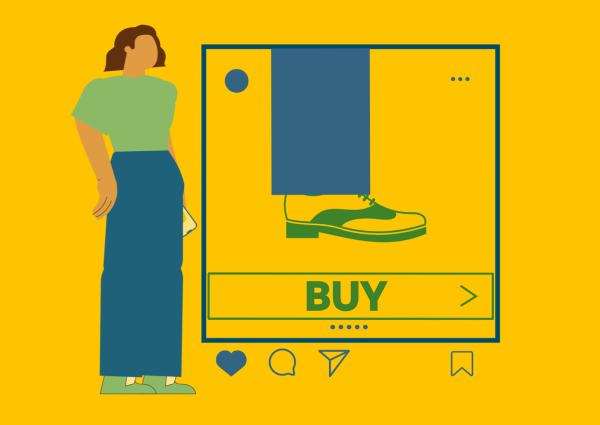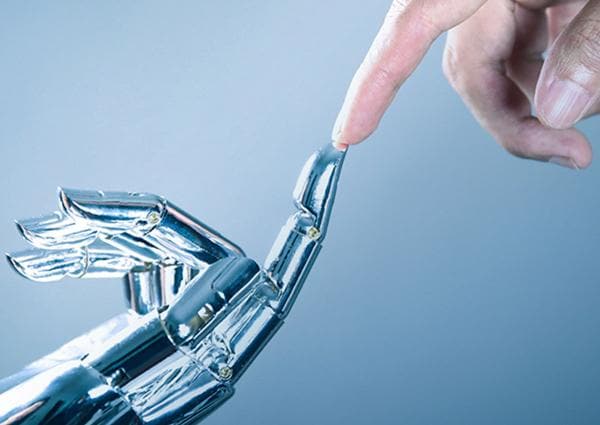Article
October 16, 2020, 12:30 PM EDT

How A.I. Can Unlock the Opportunities of a New Shopping Era
Read time: 5 minutes
To say 2020 has been an unconventional year for retailers is an understatement. Coronavirus has profoundly shifted what consumers buy and how they buy it. The good news: artificial intelligence (A.I.) and machine learning technologies can provide retailers with real-time insights to tailor their marketing and product offerings and meet consumer expectations. As small- and medium-size retailers rapidly adopt digital tools, A.I.-driven options can help them keep pace with competitors by harnessing data and responding swiftly to new consumer patterns, personality, humor and commands.
What are the ways A.I. can create more success for retailers and a better experience for the customer? We went straight to the source: Greg Simpson, Chief Technology Officer at Synchrony, to discuss how A.I.’s data-driven models can help build predictive decision-making processes that power everything from customer service and personalization to inventory decisions — and how that can help retailers take advantage of every opportunity in this new shopping era.
Q1: How do you define A.I and machine learning?
A.I. is essentially the process by which a machine begins to mimic human cognitive function. With machine learning, a specific branch of A.I., machines can start to interpret new data based on what they are fed — which is often big data, or large data sets.
Data is the lifeblood of good predictions, which is key to meeting shopper needs. A retailer, for example, takes in a great deal of data about their customers. A.I.-driven machines can examine the data and uncover shopping patterns, which then allows the retailer to recommend products a shopper might like to purchase.

Q2: What is the most important step retailers should take to harness A.I. and machine learning right now?
First, it’s important to recognize that without the right data, no retailer will use A.I. very successfully. That means building a strategy to collect and manage data. In some cases, you can purchase off-the-shelf solutions that incorporate A.I.. One example is a camera that takes a picture of your store shelf every two hours (creating a big data set); looks at it to determine when you are out of stock of key items (using machine learning to learn about the products and shopper behaviors); and then automatically triggers restocking.
Another simple example is an online recommendation engine that gets smarter and smarter about what people might want to buy, based on examining what lots of different people with similar buying patterns have purchased.
With the right data and A.I.-driven tools, over time you should see better predictions, reduced cycle times or better efficiency. Some data, of course, may not be representative of long-term trends, since the pandemic has shifted what were previously normal patterns. But there is no doubt that by improving predictive algorithms, retailers can improve stocking, get smarter about routing deliveries and offer more targeted marketing and promotions.

Q3: How have retailers adapted to recent consumer behavior shifts?
I think the biggest shift is that consumers are more quickly adopting digital tools. They have greater expectations that those tools will become “smarter” with increased personalization and better awareness of their preferences. As these apps improve their understanding, shoppers get more and more comfortable with them doing things that in the past they may have viewed as intrusive. A simple example is location tracking: Now people expect to see when their food delivery person is on the way.
Q4: What are some A.I. and machine-learning trends we’ll be seeing over the next year or two?
We’ll see A.I. used for deeper personalization and to boost subscriptions that drive repeat business. Of course, retailers have to decide what success means to them: For example, do you want to be the very personal, highly experiential retailer? Or do you want to be an efficient online provider? These have very different requirements when it comes to data and A.I. solutions. Once you decide on your business goals, you can identify the data that will help you buy or build the A.I. solutions that get you there.
Another trend we’ll see is that retail square footage will shrink. Stores will only stock the items they think will sell to their most important customers and quickly ship other items to customers’ homes. Of course, demand will vary, so they’ll need living, breathing predictions that constantly examine new data and adapt to the needs of the local customer base.
Q5: What elements of the A.I.-driven customer experience do you anticipate changing?
Let’s go further with the idea of retailers rethinking their store’s square footage: Thanks to A.I., we are already starting to see better predictions, improved ordering and stocking. If you extrapolate from this, it could dramatically shift the way a store thinks about the physical space it needs. For example, their square footage may focus on an experience, while everything else is shipped direct and charged to your account, and if possible, turned into a subscription. As a result, retailers may start to rethink the entire shopping experience, both in the store and online. For example, no one needs to go to a store to get a new pair of the same socks they always get! New store designs must make coming into the store worthwhile. Climb the store’s climbing wall and then buy outdoor gear. Work out at the gym and pick up your weights and fitness clothing on your way out. Why go to a store for an exercise bike if your personal trainer can recommend one and you can try it out at your gym first? Retailers should prioritize partnerships that allow for experiences and opportunities.
Q6: What excites you most about the power of this technology?
To me, it’s all about the growing speed of change. Eventually, A.I. will disappear. It will just be a great customer experience and the consumer won’t think about all the predictions that are going on behind the scenes to help get their market basket to grow, or to keep them coming back.
With emerging technologies such as A.I. and machine learning, it can seem to take a long time to evolve. But now, as we look back, it’s amazing how far we’ve come.
















-Foundry.jpg)